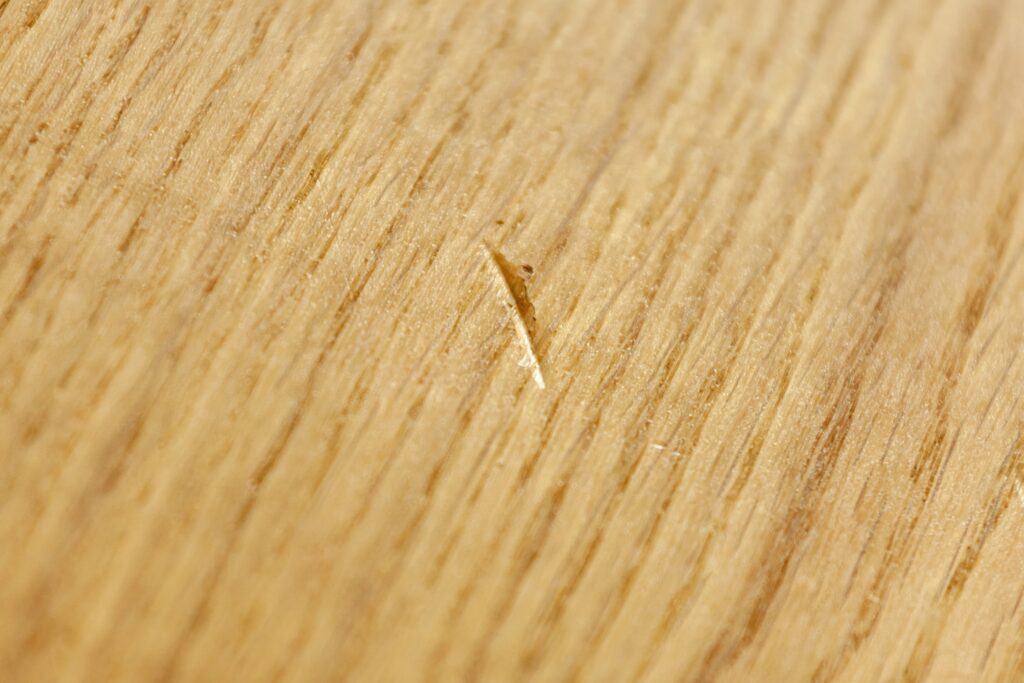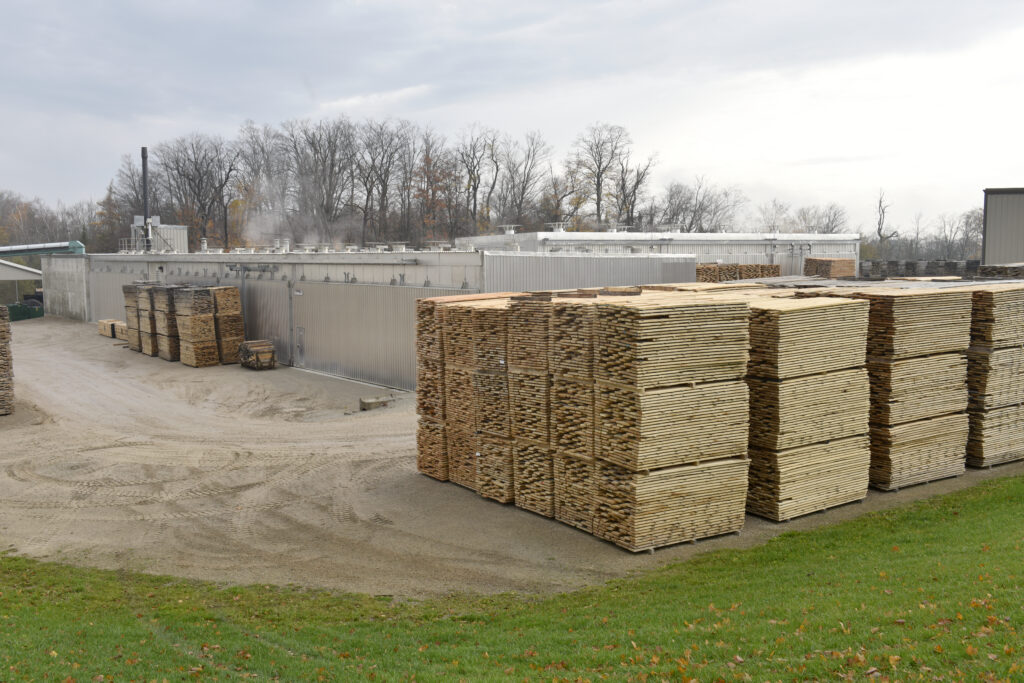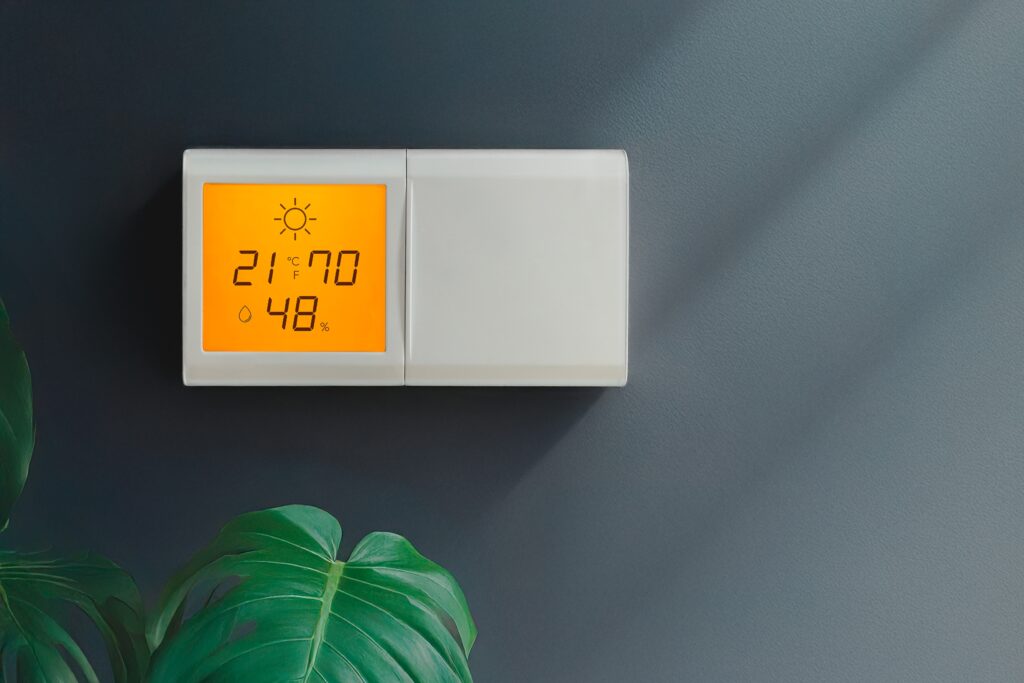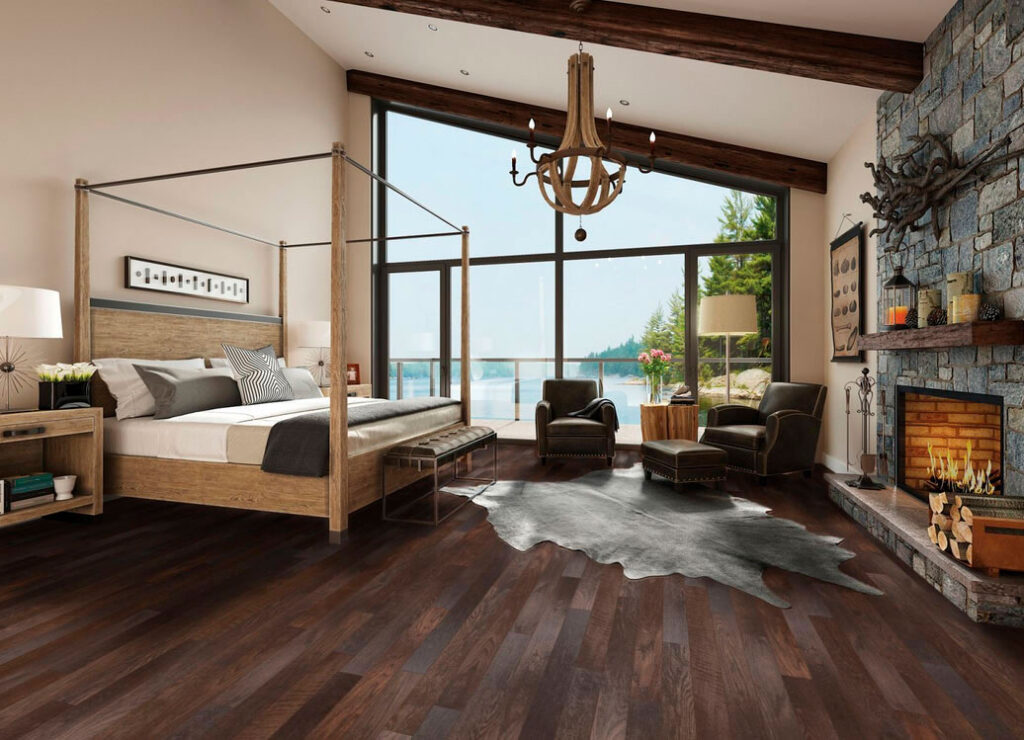Lorsqu'il s'agit de choisir un parquet pour votre maison, il est essentiel de comprendre les notions de durabilité et de stabilité, car elles peuvent influencer significativement la performance et la longévité de votre parquet. Dans cet article, nous explorerons ces deux caractéristiques importantes, en nous concentrant sur les essences de bois franc nord-américaines courantes, notamment celles que nous proposons, afin de vous aider à prendre une décision éclairée pour votre projet de revêtement de sol.
Les bases de la durabilité et de la stabilité
La durabilité désigne la capacité d'une essence de bois à résister à l'usure. Elle est souvent mesurée à l'aide de la Échelle de dureté Janka, qui évalue la dureté du bois. Le test Janka mesure la force nécessaire pour enfoncer une bille d'acier de 0,444 pouce dans le bois sur la moitié de son diamètre, et indique également la dureté d'une essence au sciage, au fraisage et au clouage. Bien que le test de dureté Janka soit une mesure courante de la dureté du bois et indique la résistance d'une essence, il est important de comprendre que tous les parquets sont sensibles à divers degrés de dommages. Les bois durs résistent généralement mieux aux bosses et aux dommages que les essences plus tendres, ce qui les rend plus adaptés aux zones à fort trafic où une utilisation est prévue.

En revanche, la stabilité est définie par le niveau de flux, de dilatation et de « mouvement » d'un bois exposé à différents taux d'humidité. Certains bois nécessitent un séchage plus long en usine et nécessitent davantage de soins et d'entretien à domicile pour une meilleure stabilité. Le bois est un matériau hygroscopique, ce qui signifie qu'il absorbe et libère naturellement l'humidité en fonction de son environnement. Cette caractéristique peut entraîner des dilatations et des contractions, affectant ainsi la performance du parquet au fil du temps.

Espèces communes d'Amérique du Nord
Pour mieux comprendre comment les différentes espèces de bois durs se comparent, examinons quelques espèces nord-américaines courantes que nous proposons :
Hickory: Connu pour sa durabilité exceptionnelle, Hickory Parmi nos revêtements de sol, le hickory bénéficie de l'un des meilleurs indices Janka. Incroyablement robuste, il résiste à l'usure normale. Cependant, cette robustesse a un inconvénient : le hickory est plus sensible aux variations dimensionnelles dues aux facteurs environnementaux. Les fluctuations d'humidité peuvent provoquer des dilatations et des contractions, ce qui peut entraîner des fissures ou des déformations au fil du temps.
Cendre: Bien que pas aussi dur que le Hickory, Cendre Offre un bon équilibre entre durabilité et stabilité. Son indice Janka est modéré, ce qui le rend adapté à la plupart des applications résidentielles. Le frêne est généralement plus stable que le caryer, mais il n'est pas insensible aux effets de l'humidité et des variations de température.
L'impact des facteurs environnementaux
Quelle que soit l'essence choisie, il est important de savoir que tous les bois durs peuvent être affectés par les variations d'humidité et de température. La nature hygroscopique du bois signifie qu'il absorbe l'humidité lorsque le taux d'humidité est élevé et la restitue lorsque le taux d'humidité est bas. Cela entraîne un rétrécissement et un gonflement naturels du matériau.

Les changements saisonniers, les sources de chauffage intérieur et les variations d'humidité peuvent tous contribuer à ces variations dimensionnelles. Par conséquent, lors du choix d'un parquet, tenez compte de l'environnement auquel il sera exposé. Par exemple, si vous vivez dans une région où l'humidité est élevée ou faible, ou où les variations de température sont importantes, privilégiez la stabilité à la durabilité et choisissez un parquet en frêne plutôt qu'en hickory.
Faire le bon choix pour votre maison
En fin de compte, le choix d'un parquet doit s'adapter à votre style de vie, aux conditions spécifiques de votre maison et à l'utilisation que vous souhaitez en faire. Que vous privilégiiez la durabilité, la stabilité ou un équilibre entre les deux, connaître les caractéristiques de chaque essence vous aidera à prendre une décision éclairée qui rehaussera la beauté et la performance de votre parquet pour les années à venir. Un parquet est un investissement à long terme, et comprendre les différences entre durabilité et stabilité vous aidera non seulement à choisir le bon matériau, mais aussi à garantir que votre parquet restera beau et fonctionnel tout au long de sa vie.

Consultez notre Guide d'entretien et de maintenance

